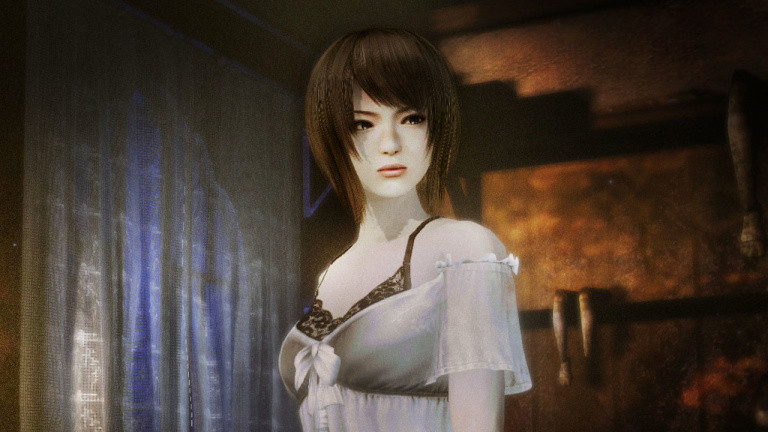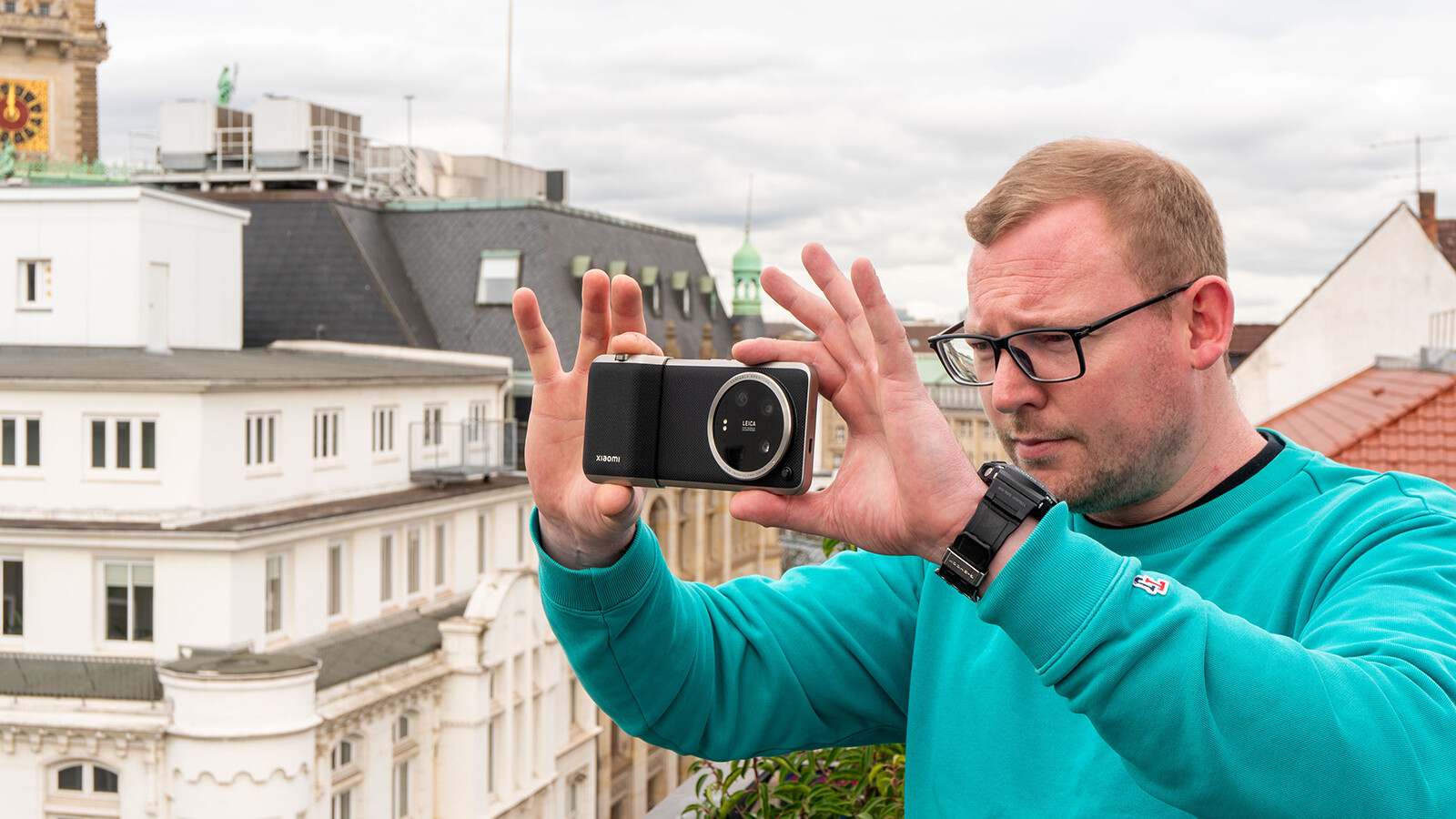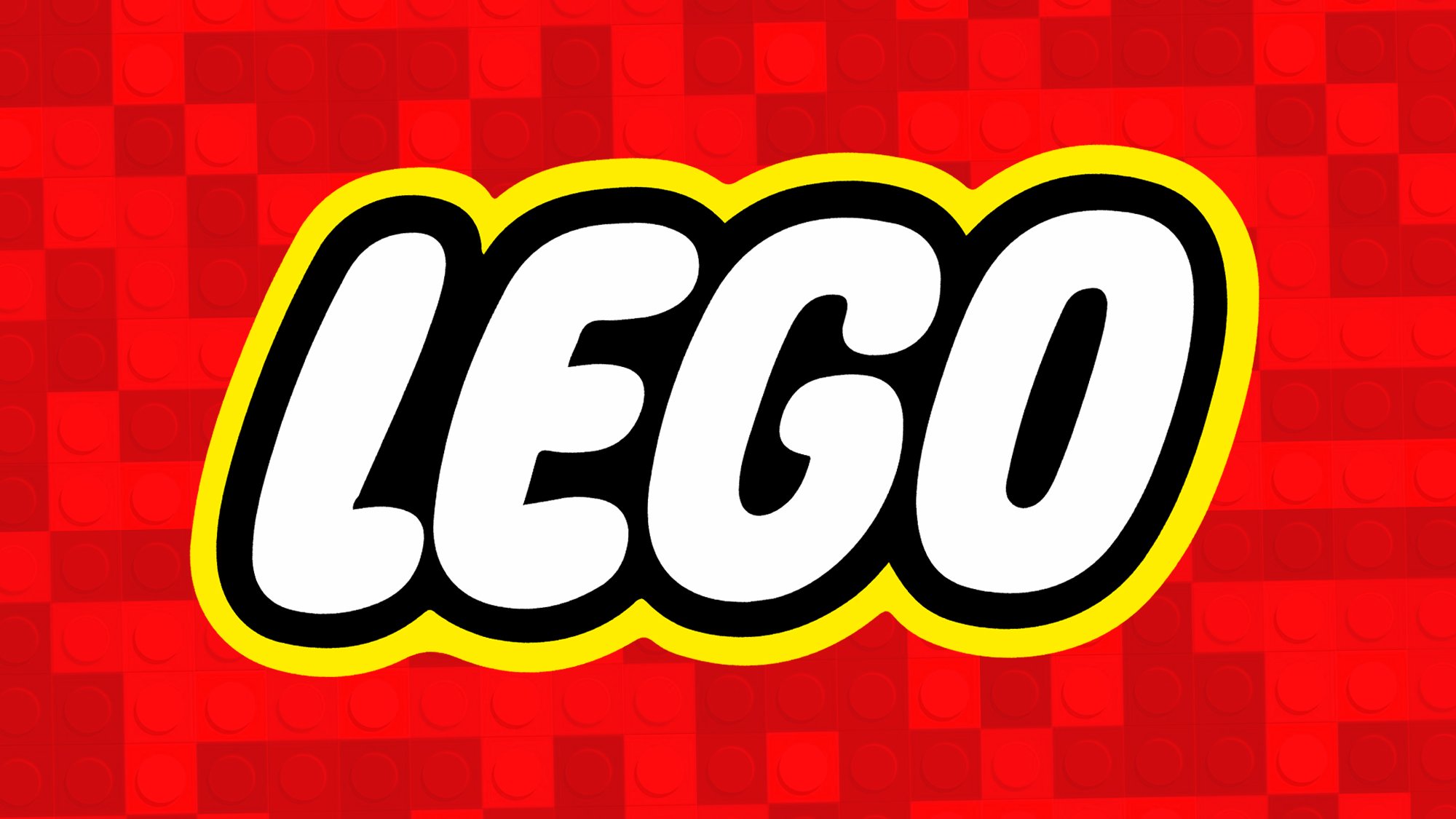Long requested by the many fans of Tecmo’s terrible franchise, the fourth installment in the Project Zero series finally offers itself a passport to Europe… 15 years after its first release on Wii in Japan.
When the most ardent worshipers of project zero didn’t hesitate to discover the fourth part of Import when it was released for Wii in 2008, the vast majority of gamers know almost nothing about this episode… Except that it’s one of the most recommended chapters of the series. But fifteen years of waiting for a game that was wrongly withheld from us at the time is still a very long time. So the idea of finally being able to import it a remaster, fully localized and adapted to current machines is an opportunity fans of the license won’t want to miss. It remains to be seen whether the formula will also reach others.

Summary
- Project Zero 4, fifteen years later!
- The remaster of an unreleased episode outside of Japan
- Selenite Syndrome and Other Atrocities
- Fear after Project Zero
- An outdated formula?
- The dream of the Wall Pass
Project Zero 4, fifteen years later!
Project Zero: The Mask of the Lunar Eclipse benefits from a full translation into our language, maintaining its original Japanese dubbing, a fundamental element to ensure a believable immersion in its universe. Knowing that the narrative threads of this dark story are unraveled mainly through the notes of notebooks collected according to the progression, the fact that the texts are translated into French is a great advantage for this remaster. Because if the adventure, as always, has its share of terrifying cutscenes, The notes found here and there remain important to help us understand the past of the various characters that we embody in the chapters. Several playable characters will therefore pass the baton in this fourth work, which also does not forget to invoke several temporal references in order to condense as much as possible its mystery around the disturbing disappearance linked to the story of our protagonists.
The remaster of an unreleased episode outside of Japan
In addition to its impeccable French translation, the remaster of this fourth part has benefited from a major dust removal… visually. We’ll come back to the few developments related to gameplay a little later, but we can already see how the graphic aspect of the title has been modernized. While respecting the technical capabilities of each medium, Project Zero: The Mask of the Lunar Eclipse bridges the gap of the last 15 years by offering updated cutscenes and character models. Particular work has been done on rendering shadows and lighting effects to enhance the heavy and gloomy atmosphere that has characterized the series since its inception. The Spirit Torch’s beam, for example, has been improved and we can say that the immersion is instant, both sonically and visually. Despite everything, the graphical advancement compared to the original version is not as significant as one would have hoped given the difference of 15 years.


However, the realistic and supernatural nature of the franchise is still as effective as it was in the first installments of the series, and the fear is present from the beginning to the end of the adventure. A new snapshot mode has also been implemented so we can immortalize the scenes of our choice., at any time of the game, with many customization options. Finally, in addition to the costumes present in the original version, it aims to unlock additional costumes, the latter having undergone some modifications.


Selenite Syndrome and Other Atrocities
If atmosphere is Project Zero: The Mask of the Lunar Eclipse’s forte, it’s more due to the quality of its staging than the clarity of its scenario, which is set on multiple different timelines. The choice of story locations immediately sets the tone. A psychiatric hospital for children with strange sensory abilities and suffers from a mysterious illness related to the phases of the moon… A pavilion that is just the extension of this hell and that hides sordid affairs… According to the morbid discoveries of the various individuals we control, we venture deeper and deeper into the horror.
Against the backdrop of a Japanese ancestral festival, teenage girls return to the island of Rogetsu, the scene of mysterious disappearances tied to a forgotten past. A private detective already involved in solving a strange murder case will also attempt to lift the veil on what’s really going on inside Rogetsu. It’s this combination of intertwined narrative frames that makes this episode so specialwhich requires real concentration from the player.

Fear after Project Zero
In the early 2000s when the Survival Horror offered few rare alternatives resident Evil etc silent HillThe Tecmo series has made a name for itself among fans of the genre by focusing on the extreme fragility of its characters. With a camera as their only weapon, gamers discovered another way to excite in a video game
An outdated formula?
The character of the series, which is based on the references of Japanese horror (the ring and wives), has lost none of its impact, but remains cruelly anchored in the past. 2023, Only fans of the franchise will accept without batting an eyelid to forgive their gameplay from another eralinked to a time when the slowness of travel could still be a valid solution to artificially increase fear in one Survival Horror. But when we see this remaster of a title originally designed in 2008 reappear in the same month as Resident Evil 4’s ambitious reimagining, we’re inevitably left with a bitter taste of what a Project Zero of truly modernized controls could have delivered.

We know that the real principle of the series lies in the vulnerability of its protagonists, armed with a simple camera, while ghosts can appear anywhere, crossing walls, We can’t help but regret this impression of excessive heaviness when traveling as it now stands in contrast to current standards. Even playing with the camera’s sensitivity and enabling the gyro functions (this test was done on the Switch version), the device still lacks the responsiveness to not frustrate in such tight quarters. The characters stand almost still when they run and the alarm indicator is not always enough to guess where the ghosts will come from, especially when there are several of them when we have so few means to get out of them anyway.
The dream of the Wall Pass
The logic of the series remains unchanged and the most effective films should always be saved as much as possible in terms of “bosses”, while the Camera Obscura’s upgrade bricks should be carefully distributed to optimize their effectiveness. . So we’re going step-by-step to make sure nothing’s left behind, much less adding valuable on-camera effects to those different lenses (or lenses). It’s the same for the Ghost Torch, which replaces the Camera Obscura at certain points in the game but works similarly. Everything is done so that we constantly feel our extreme vulnerability and it is a pity if it is mainly due to the excessive slowness of our movements.
Because all too often, the game keeps us trapped in rooms or corridors so narrow that they don’t even give us ten feet of freedom of movement, while the ghosts don’t care much about the physical barriers that our surroundings pose. All of this inevitably takes us out of the experience and undermines the overall immersion effort a bit. made on the level of pure staging. Knowing that the progression spans around twelve hours of gameplay might discourage some. Constraints that are therefore better known and accepted before embarking on the adventure, as well as the lack of checkpoints and other silly elements that could have greatly dusted off the experience it offered Survival Horror old-fashioned, calibrated only for the nostalgic.
Diploma
Points cont
- A big episode that’s finally available outside of Japan
- Visible visual improvements
- The ever present feeling of fear and vulnerability
- An authentic gaming experience that still has its fans
- The optional but welcome gyro feature (tested on Switch)
- Unravel the threads of the past by controlling multiple characters
- Alternating between Camera Obscura and Spirit Torch
- Flawless localization (French lyrics, Japanese voices)
- Added Snapshot mode for taking photos
- New costumes available
weak points
- It’s time to think about making the gameplay more flexible and modern
- A logic of progress that also seems outdated
- The excessive slowness of the movements and the rigidity of the controls
- An unbalanced balance of power in the face of spectra traversing walls at 360°
- Still no checkpoints on errors
- No physical version for France
The unexpected arrival of a new episode of Project Zero, 15 years after its debut in Japan, in a remastered version translated into French may delight us greatly, but above all it underlines the urgency to modernize the gameplay of the series . As it stands, therefore, this remaster is only intended for fans of the franchise who have been waiting for an opportunity to discover this fourth installment for a long time.
The opinion of the readers
Give your opinion on the game!
Table of Contents








